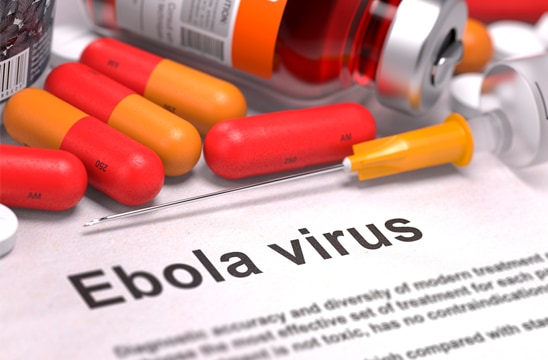
Several short months ago, finding ourselves in the current pandemic situation would have been almost unthinkable. Since the advent of antibiotics in the mid-19th century provided the ability to cure nearly any bacterial infection, as well as breakthrough vaccination approaches against diphtheria or tetanus, life-threatening diseases have shifted from bacterial and viral causes to mutated human cells, (e.g., cancer).
While the scientific community has succeeded in developing treatments and vaccines to many diseases that once threatened humans on a large scale, there has been little time to prepare to address SARS-COV-2, a novel virus for which there was no existing immunity (let alone herd immunity). In the absence of vaccines or therapeutics to address the disease and control its rapid spread, countries have instead sought to flatten the curve.
These methods have largely consisted of physical and social distancing to limit exposure, reduce the transmission and number of cases of COVID-19, and avoid overwhelming our healthcare systems. But these are reactive measures—so what are the ways out of this situation?

The immediate behavioral approaches to disease containment and mitigation have leveraged our lessons from threats like SARS and Ebola. Consequently, in the current situation, all major countries are implementing programs and strategies using similar elements to cope with the pandemic. This can be seen clearly with the strategy of the National Institute of Allergy and Infectious Diseases (NIAID), part of the United States National Institutes of Health.
In a nutshell, the strategy focuses on (a) better understanding the nature of the virus and how it affects the population from an epidemiologist's perspective, (b) development of accurate diagnostic assays to track the spread of the virus, (c) characterization and testing of potential treatments for COVID-19, and (d) development of safe and effective vaccines to enter a post-crisis normal state in the long term.
Currently, the scientific community is still in the first phase of reckoning with the virus and implementing sensitive yet accurate testing. The scientific community uses two broad categories of tests.
- The first type consists of tests that detect the virus by its genetic (RNA testing by RT-PCR) or structural components (antigen tests). This testing helps to diagnose patients with COVID-19-like symptoms and guide best treatment, as well as to assess the infection state in recovering patients. This category serves as a screen for infections in high-risk populations.
- The second group of testing assesses the immune response of the body against the SARS-COV-2 virus, helping communicate the story of surviving COVID-19 or battling an ongoing infection with the virus. This is done through antibody tests detecting specific immunoglobulin molecules. These tests may be a way to demonstrate the immunity of individuals and would, therefore, be an essential tool in lifting contact restrictions among this particular group.
Unfortunately, there is still much to be learned about the virus and how it causes infection and disease, including variability in symptomatic severity. According to Johns Hopkins University, as of August 4th, there have been over 18 million confirmed cases of COVID-19 globally and over 695k deaths, sharply punctuating calls for a swift resolution of the global crisis.
2020 may be remembered by mankind's vulnerability—a time when social norms and global economies were brought to a standstill by submicroscopic infectious agents. Yet the world is looking towards the future and the hope of a possible cure for COVID-19. All over the globe scientists are working on treatments and vaccines to stave off future waves of COVID 19 and racing towards the third and fourth pillars of the NIH strategy.

As the SARS-COV-2 virus is similar to other beta coronaviruses that have been previously identified, many of the brightest minds in science are leveraging this existing knowledge to accelerate their research in order to bring testing and treatment to the bedside. Recognizing the need for the timely development of a vaccine, authorities are doing their best to minimize administrative hurdles while leveraging the best scientific advances and optimizing public health. Initial successes can be seen in the media with large Biopharma companies like Pfizer dosing the first participants in a Phase 1/2 clinical trial for the BNT162 vaccine program to prevent COVID-19. Similarly, Astra Zeneca is laying the groundwork for making the University of Oxford's vaccine widely accessible around the world.
Patients trust their doctors and nurses to do the best for them in the hospital, just as tax-paying citizens expect their political leaders to do the best for the society. Patients and their families expect the same from scientists and the biopharma industry: to do our best with novel ideas, ceaseless work, and reliable equipment to get the jobs done. As a company, but also as individuals living through the pandemic with our family and friends, Agilent continues to seek opportunities to provide tools and expertise to scientists confronting the current public health crisis.